


“She doesn’t bow to anyone. Sometimes it feels like she designed herself, not us.”

I’d like to think I’m a quick builder and can produce something decent in a relatively short amount of time but this took me a while to make and honestly, I’ll probably keep tweaking it behind the scenes. It’s a bit of a vanity project, I will admit. I wanted to break 300 parts on a build, I wanted to partially use panelling and angles to build an aircraft and I wanted to make it look sleek and nice. It’s airframe is inspired, quite loosely, on the CFA-44 Nosferatu from the Ace Combat series of games. It’s really a culmination of everything I can put into a plane now and in my opinion, it looks pretty good.
Enough chatter, onto the history

The Nigisiti, like many of its predecessors, began life as an Idea--a dream within the mind of one Kofi Negasi; an up and coming Dejen engineer. He envisaged the next generation of aircraft, the 6th generation, not as a large step from the previous generation but instead and a process whereby a craft might start life in the fifth generation but continually improve throughout its design, use and application to become a fighter perfected in the field. His idea drew lots of attention but no funding and his preliminary designs were due to be scrapped when he boldly wrote a petition to the royal household, citing a desperate case and a matter of national security.
He narrowly avoided arrest for his misleading message but managed to buy his idea enough time to be considered when next a major budget meeting came up. Sat amongst the highest in the RWAF he made his case and was dismissed. Not long after he was drafted into a team of engineers given one take; use the small budget they’d been given to prove both the concept and the craft. This was in 2025.
September, 2035. Ten years of blood, sweat and tears. Maiden flight, successful. Project XX-1172B-18 had successfully taken off. Up till now only small models and simulations had ever proved the design but on that day it finally flew. It marked the transition from its project designation to its prototype P-23 Advanced superiority fighter. Dejen drew in contractors from other Crown industries and collaborated with many more private companies to turn the successful platform into a fighting machine. In the late months of 2039 the first squadron of SA-23 ‘Nigisiti’ took flight and Winolian was once again a force to be reckoned with.

“She dares to reach for where only angels tread.”

The SA-23 renders its predecessors, the A-16 and A-14, practically obsolete in many ways. While the A-14 and A-16 were slated as a pair designed to fit ant mission role when combined, the SA-23 is able to fulfil both their air superiority roles by itself while possessing considerable ground strike capacity. It takes full advantage of every advanced possible and packages it nicely into one stealthy airframe.
It’s the first WAF aircraft to utilise Taktix-3, a system which unlike the previous two uses both artificial intelligence and Pilot data to tune the aircraft's performance around its pilot. The term “fits like a glove” comes to mind when considering how the intelligent system not only allows the pilot to manage his own battle space but to be aware of the entire airspace beyond his focus. Pilots train alongside the “AI” from day one so that it learns their quirks and habits and accounts for them in flight, allowing the pilot to focus on honing his understanding of the aircraft. This is highlighted by many pilots as its most advanced and well received feature but it’s generally the least subtle
Another improvement is its stealth which is a combination of improved stealth coatings, planform alignment and minimal reflection design. It carrier a pair of the most advanced radar in the world for 360 degree coverage with range variations and mounts a redesigned ‘stealthy’ optoelectronic FLIR system. Its least obvious improvement, and arguably one of its best, is what its designers often describe as their alternative to reliable thrust vectoring engines. Super-maneuverability canards. Meant to be used at high speed or in tight turns, and usually controlled by the system. There are plans to redesign the tail section to accept suitable TV engines ones they are found/designed.
A small, very small detail most engineers fail to mention to pilots on orientation day is how large the aircraft they’re expected to fly it. It’s just shy of the Su-34 fighter-bomber in overall dimensions although considerable lighter thanks to the use of composite materials in its frame.

“A marvellous display of her destructive capacity.”
![]https://fontmeme.com/permalink/190115/1b6a2f0dc52daa3d6ea9c3212527451e.png)
Powerplant: 2x Gafat HJ-100C Afterburning turbofans
Max speed(Altitude): Mach 2.5
Max speed(Supercruise): Mach 1.95
Combat radius: 1000nmi w/ internal bays only and supercruise
Ferry range: 3400nmi
Service ceiling: >65,000ft
Weapons bay Armaments (Air to Air):
4 x HiT-44 BVRAAM or 4 x HiT-42
2 x HiT-42 AMRAAM or 2 x HiT-28
8 Wing mounted pylons for:
AAM’s
ASMS
Bombs (guided/unguided)
Drop tanks


Action Groups:
AG1 - Super maneuverability canards
AG2 - Weapons bay
AG3 - Enable navigation lights
AG4 - Enable formation lights
AG5 - Enable refueling light
AG6 - Activate gun
Controls:
Normal aircraft controls
Trim to trim pitch
VTOL to extend/retract gun
Fire weapons to fire weapons
Fire guns to fire guns

A couple of things:
She flies well but takes getting used to. After one update I had to entirely rebalance the damn thing.
I regret not designing an airbrake but that’s a consideration for next time.
She’s large but nimble. Practicing variable thrust turning would be prudent.
Some texture glitching will occur. I’ll continue to improve my neatness.
Enjoy! Let’s see if this can do well.

Specifications
Spotlights
- Texasfam04 6.9 years ago
General Characteristics
- Created On Windows
- Wingspan 43.1ft (13.1m)
- Length 71.8ft (21.9m)
- Height 19.5ft (5.9m)
- Empty Weight 42,314lbs (19,193kg)
- Loaded Weight 52,675lbs (23,893kg)
Performance
- Power/Weight Ratio 1.279
- Wing Loading 93.0lbs/ft2 (454.0kg/m2)
- Wing Area 566.5ft2 (52.6m2)
- Drag Points 15206
Parts
- Number of Parts 311
- Control Surfaces 4
- Performance Cost 1,396

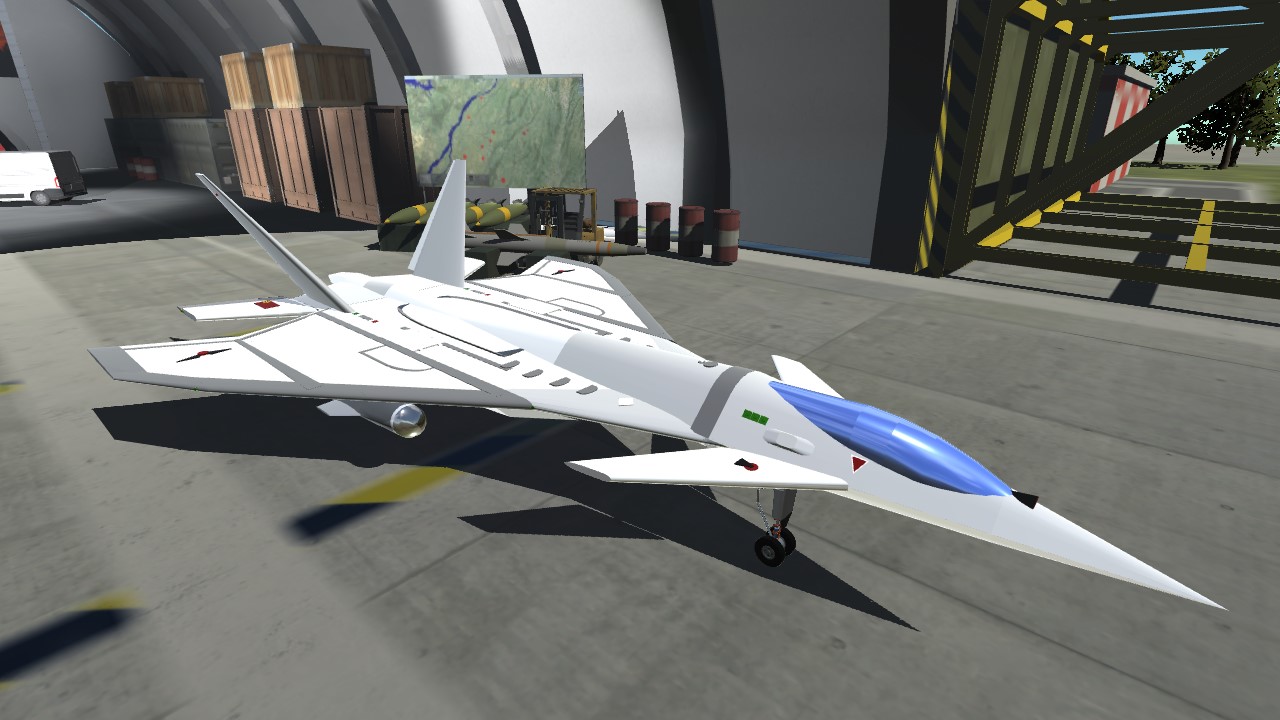
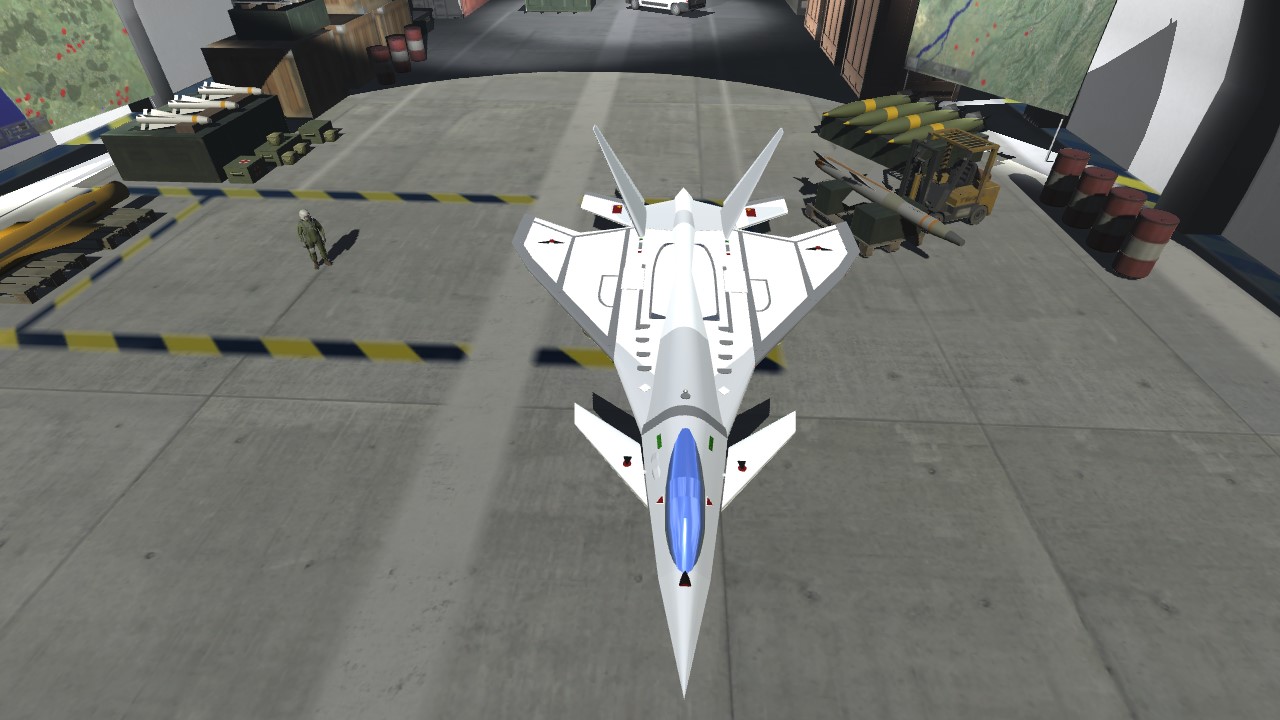
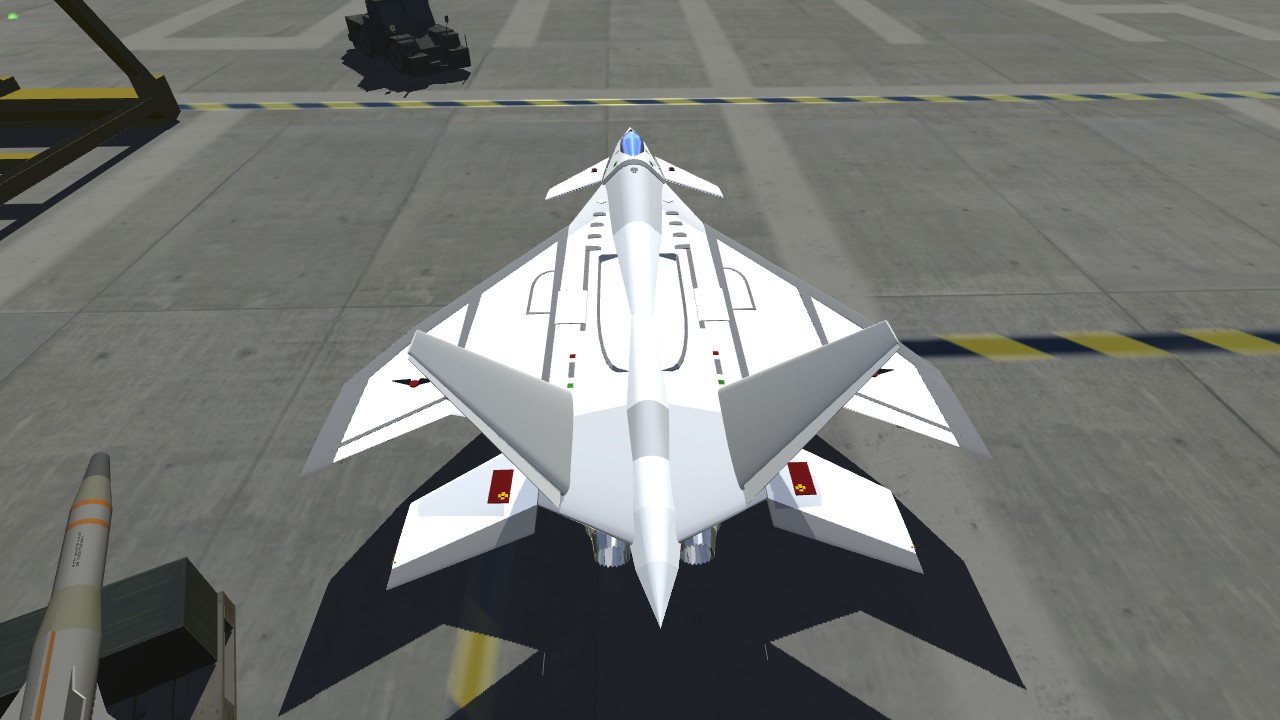
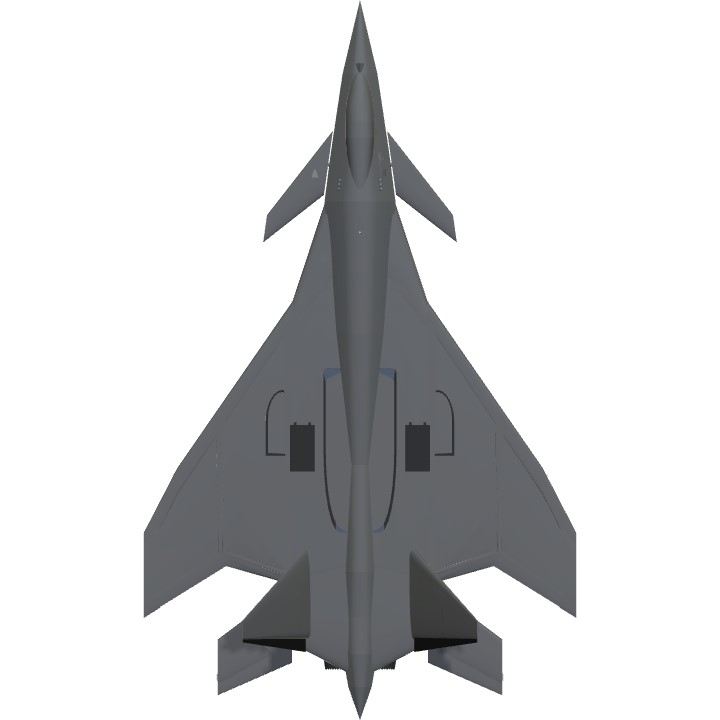
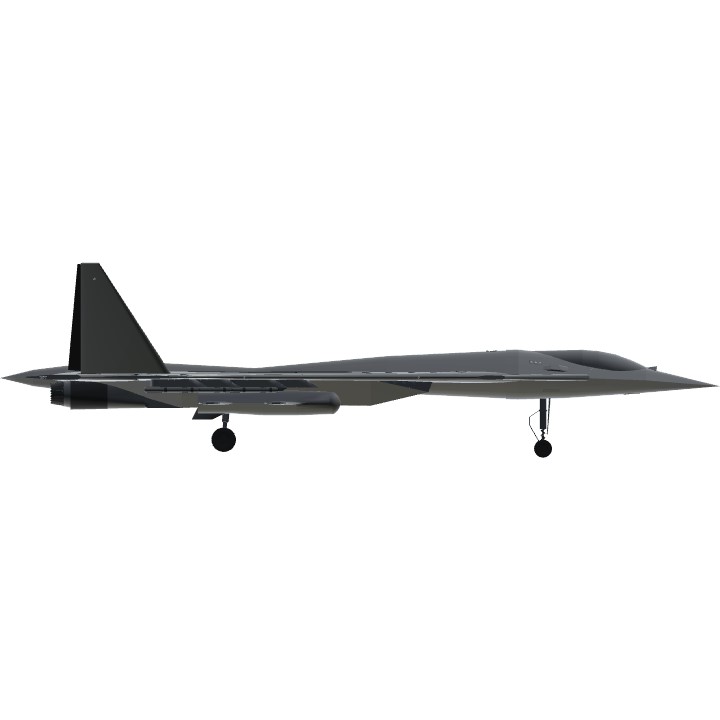
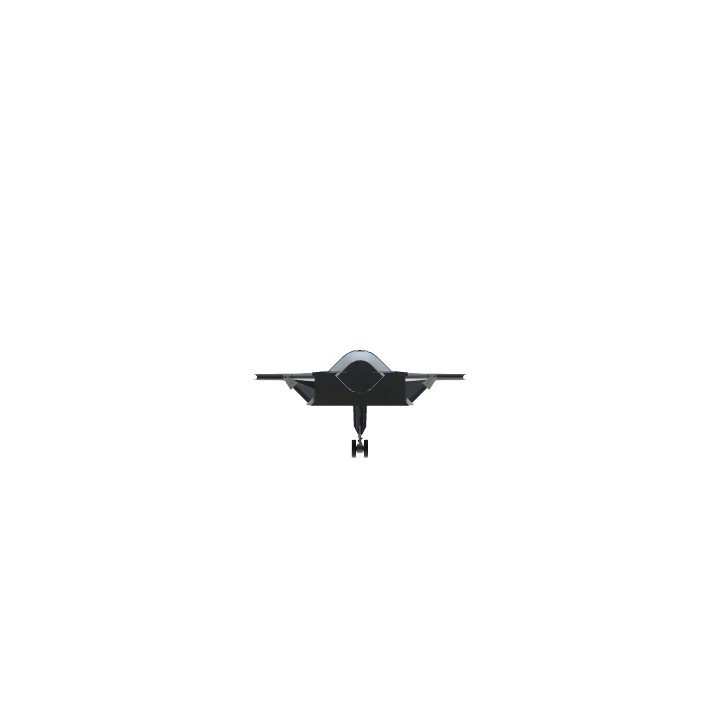
@mikoyanster Much appreciated. And thanks for the wonderful designer background.
Nice concept
@Texasfam04 thanks
really nice looking plane!!! great job!!!